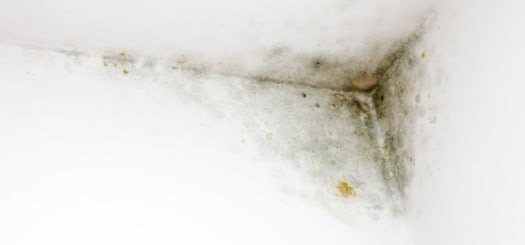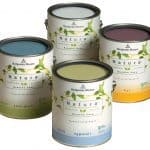Effective Painting Strategies to Minimize Mildew
Mildew is an issue. The fungal mold appears as unsightly spots on the painted surface, and pose health issues such as asthma and allergies. They also have an unpleasant odor, making the environment very unhygienic to live in. Since it is a persistent issue, paints cannot guarantee full protection.
Apparently, the chemicals are beneficial for the growth of this ‘paint infection’. You cannot make paints entirely anti-fungal as it should contain the other chemicals imperatively. Nevertheless, the menace can always be minimized.
The preparation matters
Chances are that the wall in question already has a history of mildew, so simply painting over the affected surface is the completely wrong strategy. You simply cannot hide a problem without uprooting it first. Otherwise, the mildew patches will eventually show up over the completed surface, even if you use two coats. The fungi love the paint chemicals! Covering it with the chemicals only encourages it to grow more.
The surface should be treated with scraping followed by an anti-fungal solution. A 3:1 solution of water and household bleach is good to disinfect. Allow it to work for about half an hour before you rinse thoroughly. The bleach chemicals should not persist on the wall. When you have an old oil-based paint on the wall, scrape it out completely. These are most suitable for the growth of the fungal infection.
Paint choice
Choosing the right paint is important:
- Use water-based paints.
- Find the product with the highest concentration of the antifungal product. However, it is going to be expensive.
- Satin formulas have been found to be more resistant to the issue. Keep the de-infection smooth. Basically, the glossy paints are less porous, thereby restricting the availability of moisture to the spores.
- Dark colors have a faster drying time so they do not catch the molds while drying too much.
- Linseed oil-based paints are not advised either. Stick to the latex-based ones.
- Use a special mildew-resistant additive with the paint.
Application process
- The coat should preferably be thick. You can also use two coatings if the paint is too thin originally.
- It has been found that sprayer painting is more mildew-resistant. A brush job is apparently more porous than a sprayer-based work.
- Have an eye on the weather. If the day is windy, you may want to wait. Wind carries the spores to settle.
For the exteriors, follow the above instructions and make it resistant. You may need to have some special additional precautions for indoors. For example, using a dehumidifier in a damp room can significantly help in minimizing the chances of mildew.





